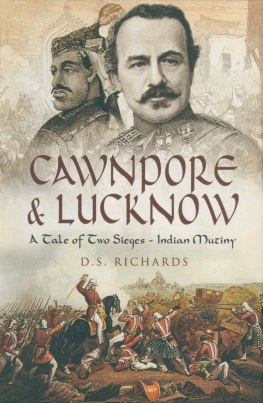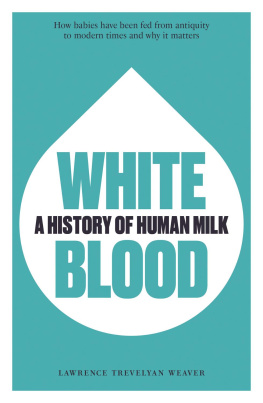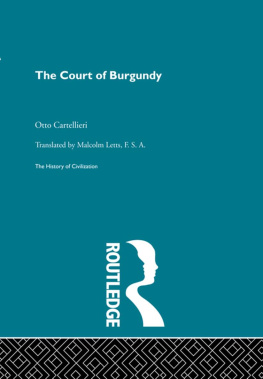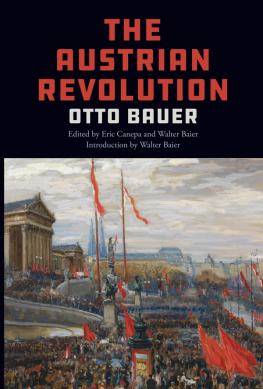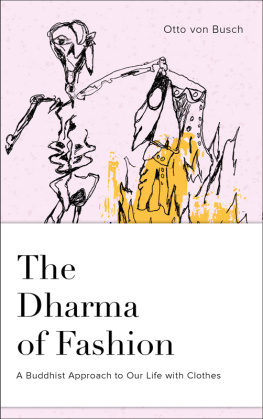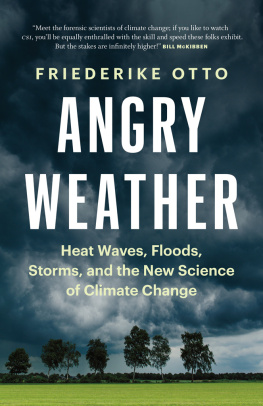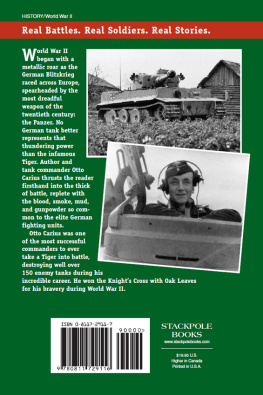PREFACE.
The Author of this work has made it his aim to preserve a scrupulous fidelity to the original sources of his information. The most trivial allusions, the slightest touches, are equally authentic with the main outlines of the story. The authorities most frequently consulted are:
1. The Depositions of sixty-three witnesses, Natives and Half-castes, taken under the directions of Colonel Williams, Commissioner of Police in the North-West Provinces.
2. A Narrative of Events at Cawnpore, composed by Nanukchund, a local lawyer.
3. Captain Thomson's Story of Cawnpore.
4. The Government Narratives of the Mutiny, drawn up for the most part by the civil officers in charge of the several districts. The Author returns his most hearty thanks to Sir John Lawrence and the authorities of the Calcutta Home Office, who, at the cost of great trouble to themselves, supplied him with the copies of these invaluable documents reserved for the use of the Indian Government.
8, Grosvenor Crescent.
CHAPTER I.
THE STATION.
The city of Cawnpore lies on the south bank of the Ganges, which at that spot is about a quarter of a mile in breadth, and this too in the dry season: for, when the rains have filled the bed, the stream measures two thousand yards from shore to shore. And yet the river has still a thousand miles of his stately course to run before that, by many channels and under many names, he loses himself in the waters of the Bay of Bengal. In old times an officer appointed to Cawnpore thought himself fortunate if he could reach his station within three months from the day he left Fort William. But tow-ropes and punt-poles are now things of the past, and the traveller from Calcutta arrives at the end of his journey in little more than thirty hours.
By the treaty of Fyzabad, in 1775, the East India Company engaged to maintain a brigade for the defence of Oude. The revenues of a rich and extensive tract of country were appointed for the maintenance of this force, which was quartered at Cawnpore, the principal town of the district. In 1801, Lord Wellesley, who loved to carry matters with a masterful hand, closed the mortgage, and the territory lapsed to the Company, who accepted this new charge with some diffidence. Indeed, they were not a little uneasy at the splendid rapacity of their high-souled servant. No one understood better than he the full meaning of the finest lines of that poet whose graceful diction none like himself could imitate:
"Tu regere imperio populos Romane memento:
H tibi erunt artes: pacisque imponere morem;
Parcere subjectis, et debellare superbos."
But that policy which suited the temper of the Senate of old Rome was not exactly of a nature to please the Directors of a Joint Stock Company. It was very well for statesmen and generals to look for their reward in the pages of history. It behoved City men to keep an eye on the fluctuations of the Share list.
Thus it happened that, ever since the beginning of the last quarter of the eighteenth century, Cawnpore had been a first-class military station. In the spring of 1857 it had attained an importance to which the events of the following summer gave a fatal shock. The recent annexation of Oude was an additional motive for keeping a strong hold on Cawnpore: for that city commanded the bridge over which passed the high road to Lucknow, the capital of our newly acquired province. At that time the station was occupied by three regiments of sepoys, the First, the Fifty-third, and the Fifty-sixth Bengal Infantry. The Second Cavalry, and a company of artillerymen, brought up the strength of the native force to three thousand men. Of Europeans and persons of European extraction, there were resident at Cawnpore more than a thousand. There were the officers attached to the sepoy battalions; sixty men of the Eighty-fourth regiment of the British line; seventy-eight invalids belonging to the Thirty-second regiment, then quartered at Lucknow, and destined to pass through the most fearful trial from which ever men emerged alive; fifteen of the Madras Fusileers; and fifty-nine of the Company's artillerymen: in all, some three hundred soldiers of English birth. Then there were the covenanted civilians, the aristocracy of Indian society; the lesser officials attached to the Post-office, the Public Works, and the Opium Departments; the Railway people; the merchants and shopkeepers,Europeans some, others half-castes, or, as they would fain be called, Eurasians. There, too, (alas!) were the wives and little ones of the men of all these classes and grades, and in no slender proportion; for among our countrymen in India the marriage state is in special honour. There likewise were a great number of half-caste children belonging to the Cawnpore school, who were soon to buy at a very dear price the privilege of having been begotten by an European sire.
The military quarter was entirely distinct from the native city. And here let the English reader divest himself at once of all European ideas, and keep clear of them, as much as in him lies, during the whole course of this narrative. Let him put aside all preconceived notions of a barrack,of a yard paved with rough stones, and darkened by buildings four storeys high, at the windows of which lounge stalwart warriors in various stages of dshabille, digesting their fresh boiled-beef by the aid of a short pipe and a languid gossip. Let him try to form to himself a picture of a military station in Northern India, for it was within the precincts of such a station that was played out the most terrible tragedy of our age.
The cantonments lay along the bank of the river, over a tract extending six miles from north-west to south-east: for, wheresoever in Hindostan Englishmen make their homes, no regard is had to economy of space. Each residence stands in a separate "compound," or paddock, of some three or four acres, surrounded by an uneven, crumbling mound and ditch, with here and there a ragged hedge of prickly pear: for all over India fences appear to exist rather for the purpose of marking boundaries than for any protection they afford against intruders. The house, like all houses outside the Calcutta Ditch, consists of a single storey, built of brick, coated with white plaster;the whole premises, if the owner be a bachelor or a subaltern, in a most shabby and tumble-down condition. A flight of half a dozen steps leads up to a verandah which runs round three sides of the building. The noticeable objects here will probably be a native tailor, working in the attitude adopted by tailors in all lands where men wear clothes; a wretched being, squatted on his haunches, lazily pulling the string of a punkah that passes through a hole in the brickwork into the Sahib's bedroom, a monotonous occupation, which from time to time he sweetens by snatches of sleep; a Madras valet, spreading butter on the Sahib's morning toast with the greasy wing of a fowl; and, against the windward wall, a row of jars of porous red clay, in which water is cooling for the Sahib's morning bath.





